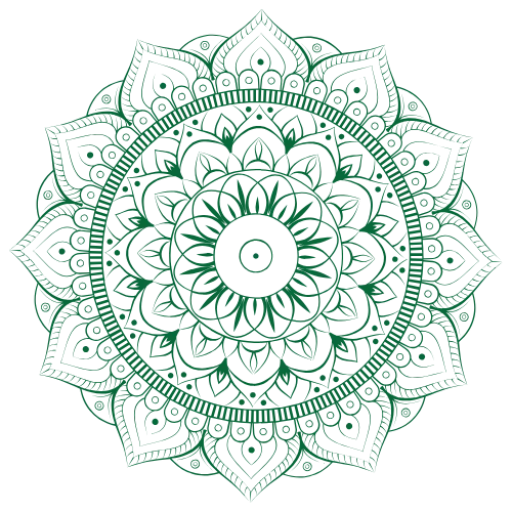
Kumbhaka: the yogic trip
Personally I love to perform Kumbhaka. This is the moment when you hold your breath in between the inhalation and the exhalation. I remember, one of my yoga teachers nicknamed the effect of kumbhaka “ the yogic trip”. Why do we keep the breath out? What yogi say is, the period when we are not breathing at all, allows us a lot of space and silence. Maybe you recognize these kind of moments; moment when you start to feel different energies flowing through the body and start to explore other sides and realities in the mind?
Retention of the breath brings about a certain condition in the brain, a certain change in the spinal cord as well as in the physical body. Pranayama influences the nervous system and thereby the brain.
Puraka, kumbhaka and rechaka produce different effects in the body. Thus stopping the breath either inside or outside is the meaning of pranayama. The ayama – the distance of the length of prana – is increased but the number of respirations per minute is decreased.
What do the Yoga Sutras say about Kumbhaka?
YS 2.49 Tasminsati svasaprasvasayorgativichchhedahpranayamah
Tasimin: on that; sati: having been; svasaprasvasaya: inhalation, exhalation; gati: movement; vichhedah: break, cessation; pranayama
Pranayama is the pause in the moment of inhalation and exhalation when that is secured.
In his book Four chapters of freedom, Swami Satchitanda comments on this sutra as following. ‘After perfection of Yama Niyama and Asana sufficiently the aspirant should take up pranayama. It is the cessation of inhalation and expiration. There is neither rechaka (exhalation) nor puraka (inhalation), there is only kumbhaka’.
Pranayama: balance in the body and control of the mind
The agency of the breath was used to access the pranic field, to attain balance in the body and control the mind. The practises would render the body-mind instrument capable of experiencing higher states of consciousness so that the ultimate union with the transcendental reality could be experienced.
In his book ‘prana and pranayama; Swami Nirananananda Saraswati writes: ‘The breath is the medium of pranayama. The system is based on the three stages of respiration: inhalation (pooraka), retention (kumbhaka) and exhalation (rechaka). By permuting and directing these stages, the different practises of pranayama are obtained.’
Take it slow
Picture this! Yogic text says that prana is like a wild elephant. If you want to tame the prana, you will have to take as much care as you would while taming a wild elephant. There must be steadyness and patience; there should be no hurry. Therefore retention of the breath must be practised slowly and with care. If there is any drawback, either physically or mentally, then the practise must be stopped for a few days or in certain cases months. Also. Atmospheric conditions, food habits, age, physical condition and other factors must be considered before beginning the practise.
Swami Satyananda says that “breath control should not be practised in physical asanas. It is wrong to control the breath in certain physical postures. There are certain other postures in which pranayama may be practised, but the student must know in which exercise to practise it and in which exercises to avoid it.” For this, there should be a clear understanding of the meaning prana. Prana doesn’t has anything to do with the lungs but much to do with the life current.
Want to know more about Prana? Tomorrow I’ll dive into this topic!
//
Picture: yisforyogini.com
Address: Parimukti Yoga Center, Kanira Homes,
Girkarwaddo, End of Magic Park Road,
Arambol, 403524,
Goa, India
Phone: +919637521278
Email: info@parimukti.com
Website: https://parimukti.com/
Yin Yoga Training Goa | 200 Hour Yoga Teacher Training Goa | Meditation Teacher Training Goa
